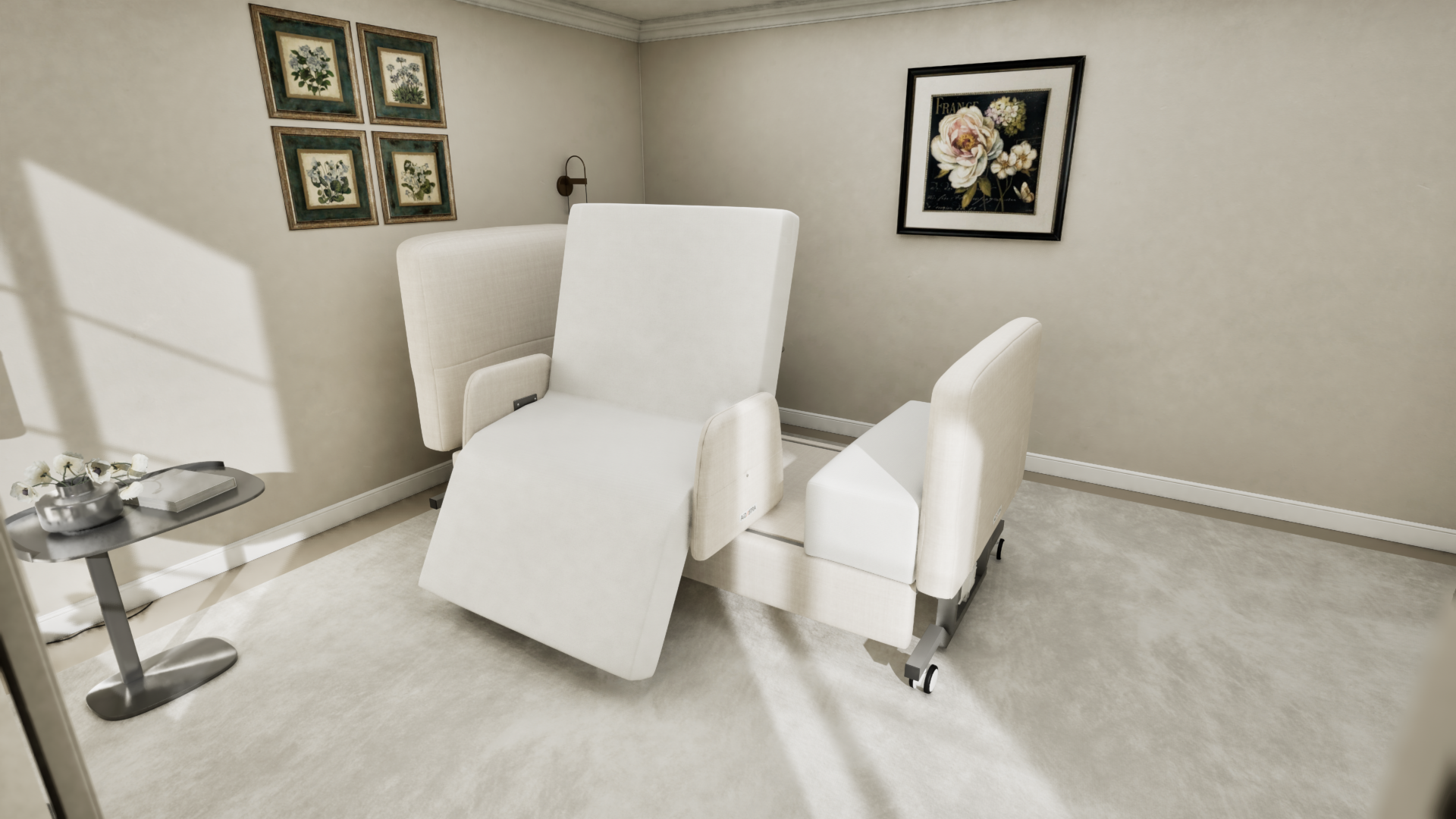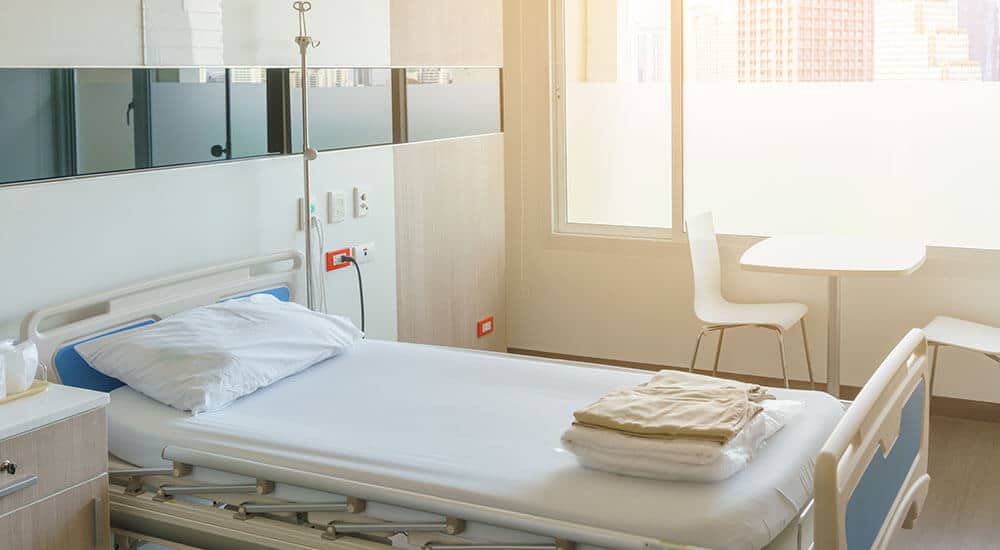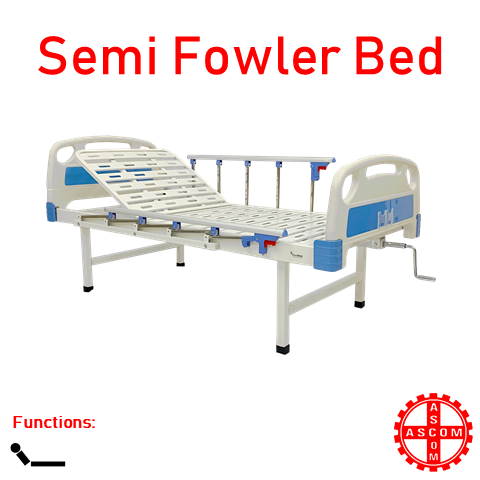Getting My Hospital Beds For Home Use To Work
Getting My Hospital Beds For Home Use To Work
Blog Article
How Hospital Beds For Home Use can Save You Time, Stress, and Money.
Table of ContentsA Biased View of Hospital Beds For Home UseThe Best Guide To Hospital Beds For Home Use10 Simple Techniques For Hospital Beds For Home Use8 Simple Techniques For Hospital Beds For Home UseHospital Beds For Home Use Things To Know Before You Buy4 Easy Facts About Hospital Beds For Home Use DescribedSome Known Factual Statements About Hospital Beds For Home Use
There are three major kinds of healthcare facility beds: guidebook, semi-electric, and fully-electric. Nevertheless, even more sorts of clinical beds exist and they are listed here. These beds utilize hand cranks to adjust the bed's height and elevate and decrease the head and the foot. Hand cranks are typically found at the foot of the bed and call for a person that is physically with the ability of operating.
Semi-electric beds have an electric motor to raise and reduce the head and foot sections of the bed (hospital beds for home use). Full-electric beds have an electrical motor that can raise the head and foot sections of the bed as well as the entire elevation and positioning of the bed.
The Best Guide To Hospital Beds For Home Use
There are numerous kinds of health center beds, each designed to meet specific patient demands. Here are some common kinds: This is the most common kind of healthcare facility bed, developed for basic medical use.
Lower to the ground than a basic bed. This kind of bed is designed for larger people, with a broader framework and higher weight capability than a standard bed.
This kind of bed is made for seriously ill individuals that need open monitoring and specialized medical tools such as ventilators and mixture pumps. This kind of bed is made for use throughout labor and shipment, with adjustable positions and functions to sustain the mother and baby during the birth procedure.
The Ultimate Guide To Hospital Beds For Home Use
Multiple function and the accessories perform broadening traction to various components of the vertebra and the extremities without moving the body. These are just a couple of instances of the kinds of healthcare facility beds readily available. The particular sort of bed used will certainly depend upon the patient's problem, clinical needs, and other variables.
Here is things you require to recognize. A one-function hospital bed is a clinical bed that allows a person to move only the head or foot section up or down. A 2 feature healthcare facility bed usually refers to a kind of medical bed that has 2 flexible features to aid clients in health centers or care centers.

Some Known Questions About Hospital Beds For Home Use.
A 7-function ICU bed is a kind of clinical bed that gives numerous flexible functions to sustain seriously sick individuals in a critical care unit (ICU) (hospital beds for home use). The seven features generally consist of: Backrest change: The backrest can be readjusted to numerous angles to assist the person sit up or rest pleasantly
Height modification: The bed can be increased or decreased to make it less complicated for clients to get in and out of bed, and for caregivers to give care. Trendelenburg setting: The entire bed can be slanted to advertise blood flow and blood circulation in the body. Reverse Trendelenburg position: The bed can also be tilted in the opposite instructions to advertise blood circulation and circulation in the upper body.
While even more budget-friendly than electric versions, these beds call for exertion for modifications. The major advantages of hands-on beds are their affordability and reliability, as they don't rely upon electrical energy. However, the requirement for hand-operated effort can be a limitation in scenarios where fast modifications are necessary or where caregivers deal with physical obstacles.
The 4-Minute Rule for Hospital Beds For Home Use
They are fit for individuals who need minimal repositioning for comfort or medical demands. Semi-electric hospital beds provide an equilibrium of manual and electric controls. The head and foot areas are generally readjusted with electric controls, while the elevation is changed by hand. These beds offer an ideal middle ground between guidebook and completely electric alternatives, supplying convenience of usage without the full expense of electrical designs.
Semi-electric beds are appropriate for clients who require modest modifications to the head and foot areas yet can take care of without regular elevation modifications. This makes them a cost-effective service for those looking for comfort and convenience without the need for continuous repositioning. Totally electrical hospital beds feature electrical controls for seamless changes to the height, head, and foot areas.
Specialized medical facility beds, such as ICU beds, long-term treatment beds, and bariatric beds, are carefully made to attend to details medical demands. These beds use customized take care of varied individual teams, boosting both end results and comfort. In the complying with areas, we will check out the main kinds of specialized health center beds, outlining their particular advantages and applications.
With years of experience in producing electrical direct actuators - hospital beds for home use and close collaboration with the healthcare sector, TiMOTION is well-positioned to give reputable health care services. Our vertically this website integrated firm manages every step of the manufacturing procedure, from style to actuator setting up, ensuring we provide outstanding value and customized remedies tailored to your details needs
Hospital Beds For Home Use for Beginners

To read more about incorporating these modern technologies right into your products, contact us today. Further analysis:.
Data is sourced from the Medicare Cost Report.

7 Simple Techniques For Hospital Beds For Home Use
A health center bed is a bed created particularly for clinical objectives. It is not only a location for patients to relax, yet also a system for clinical operations. Unlike regular home beds, hospital beds generally have flexible functions, which can help with clinical personnel to make different changes according to the requirements of patients, click reference such as transforming the height, disposition, and support angle of the back and legs of the bed.
Report this page